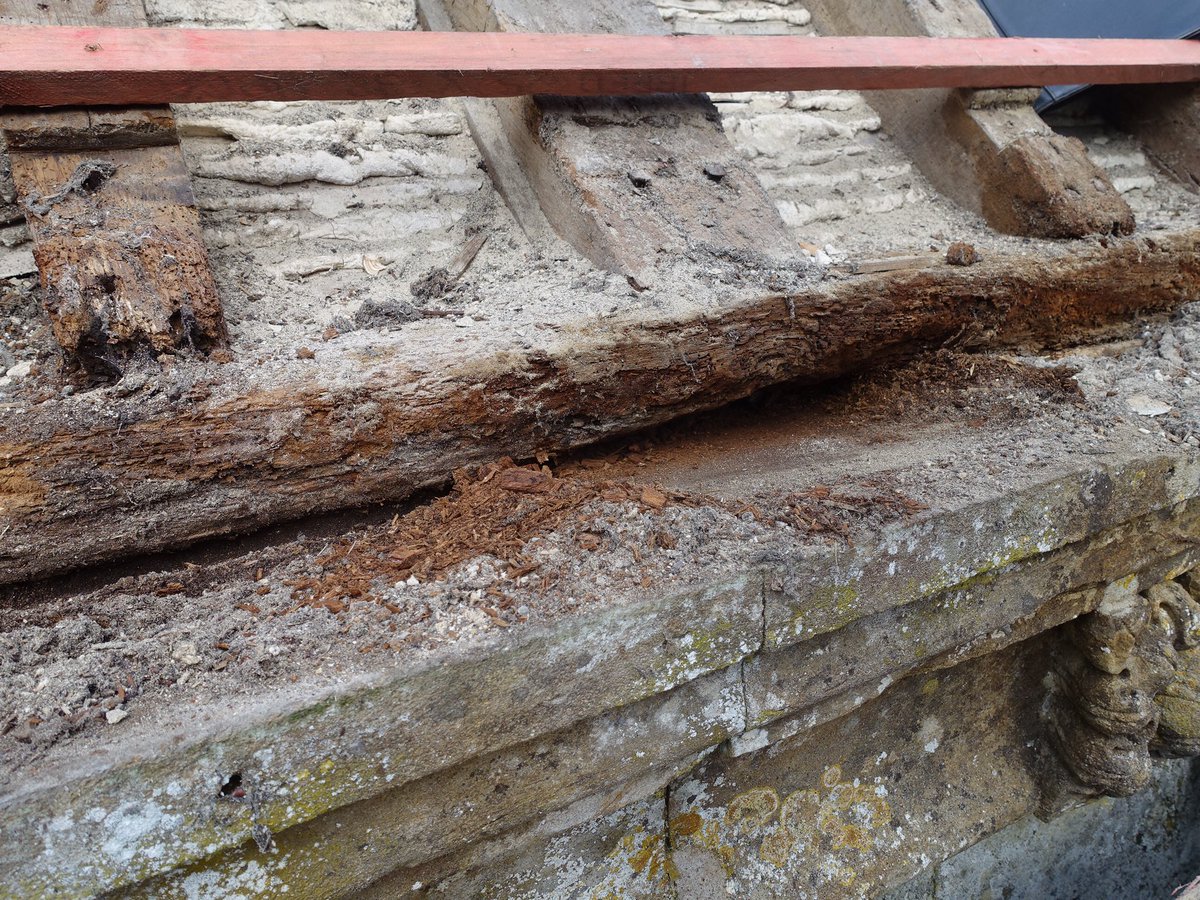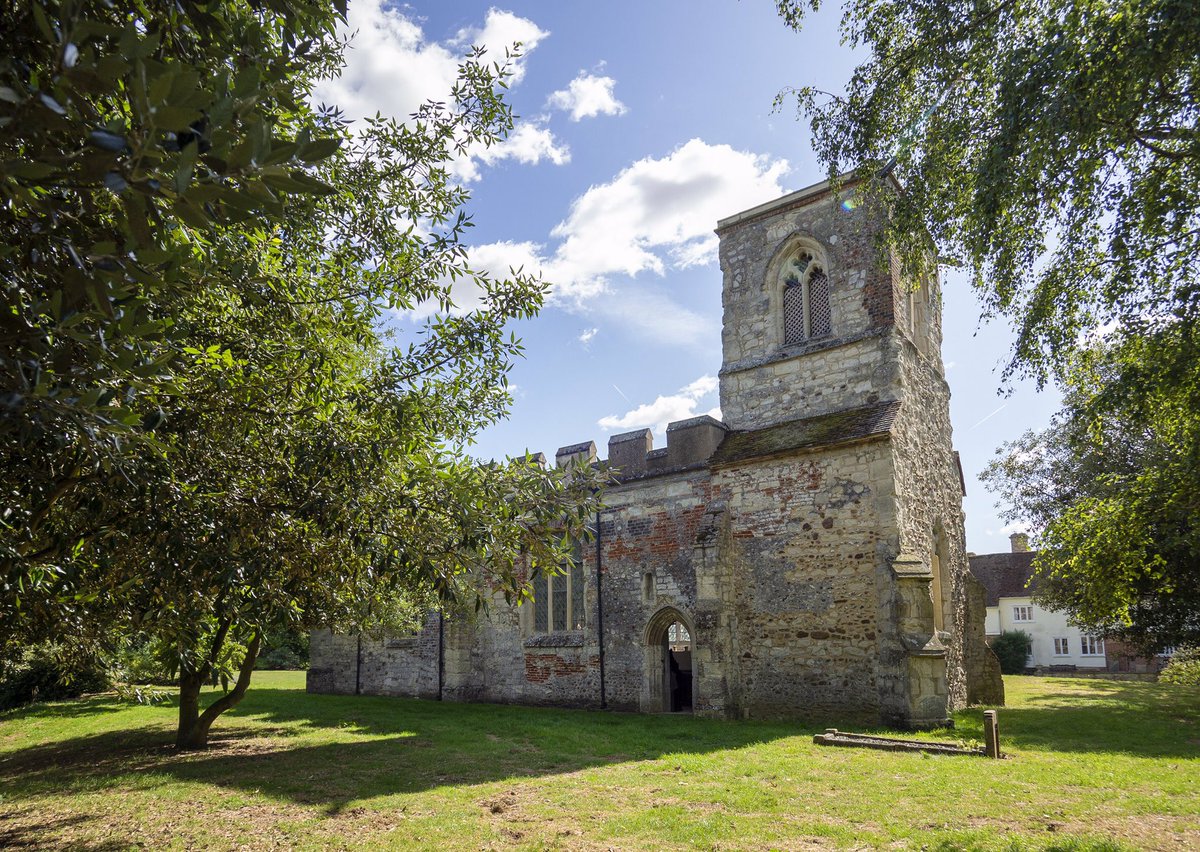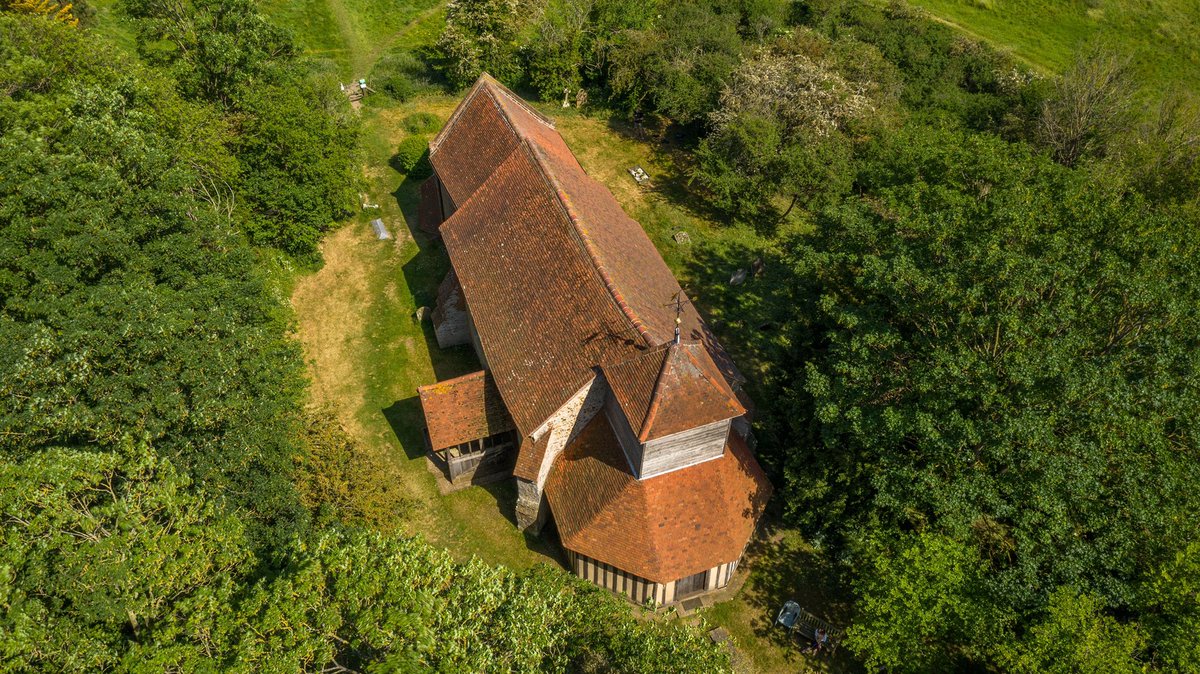
Layers of Victorian tiles cracking and bursting open in the chancel of St Andrew's, Wood Walton, Cambridgeshire.
This lonely, medieval church on the edge of the Great Fen has been suffering from structural movement for centuries, defying all attempts to steady it.
1/
This lonely, medieval church on the edge of the Great Fen has been suffering from structural movement for centuries, defying all attempts to steady it.
1/

We've been working on it - little and often as funds allow - new roofs, new drainage, masonry repairs, and now re-plastering the chancel walls and repairing the floor.
And we’re making progress... Our monitors indicate that the church hasn’t moved in two years! 🥳
2/
And we’re making progress... Our monitors indicate that the church hasn’t moved in two years! 🥳
2/

This is positive, though it’s still early days...
These chancel walls are currently being redecorated, the floors stabilised. (Pictures will follow when the work is complete.)
Next, we plan to move on to the nave, which has been prey to thieves and vandals for decades...
3/
These chancel walls are currently being redecorated, the floors stabilised. (Pictures will follow when the work is complete.)
Next, we plan to move on to the nave, which has been prey to thieves and vandals for decades...
3/

We’re hugely grateful to @DCMS and @HistoricEngland for supporting this phase of work at St Andrew’s.
And thanks to @badger_beard beard for the great images in this thread.
#HereForCulture
And thanks to @badger_beard beard for the great images in this thread.
#HereForCulture

• • •
Missing some Tweet in this thread? You can try to
force a refresh


















